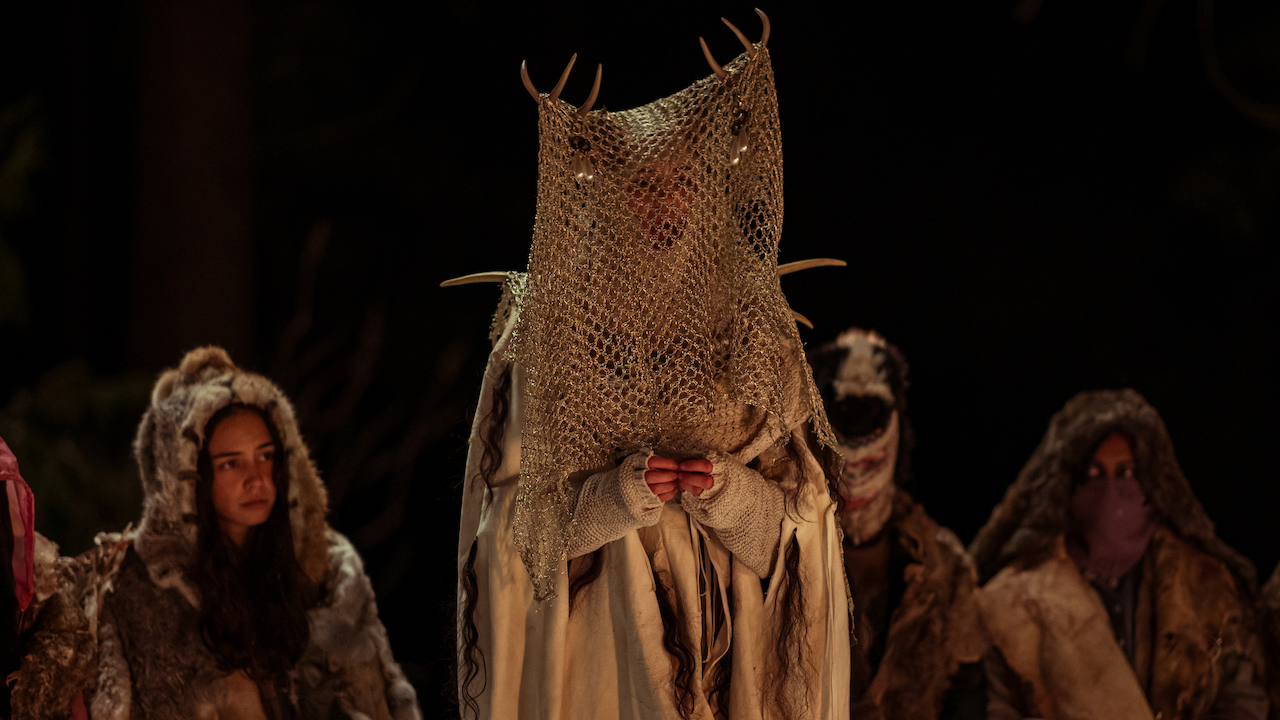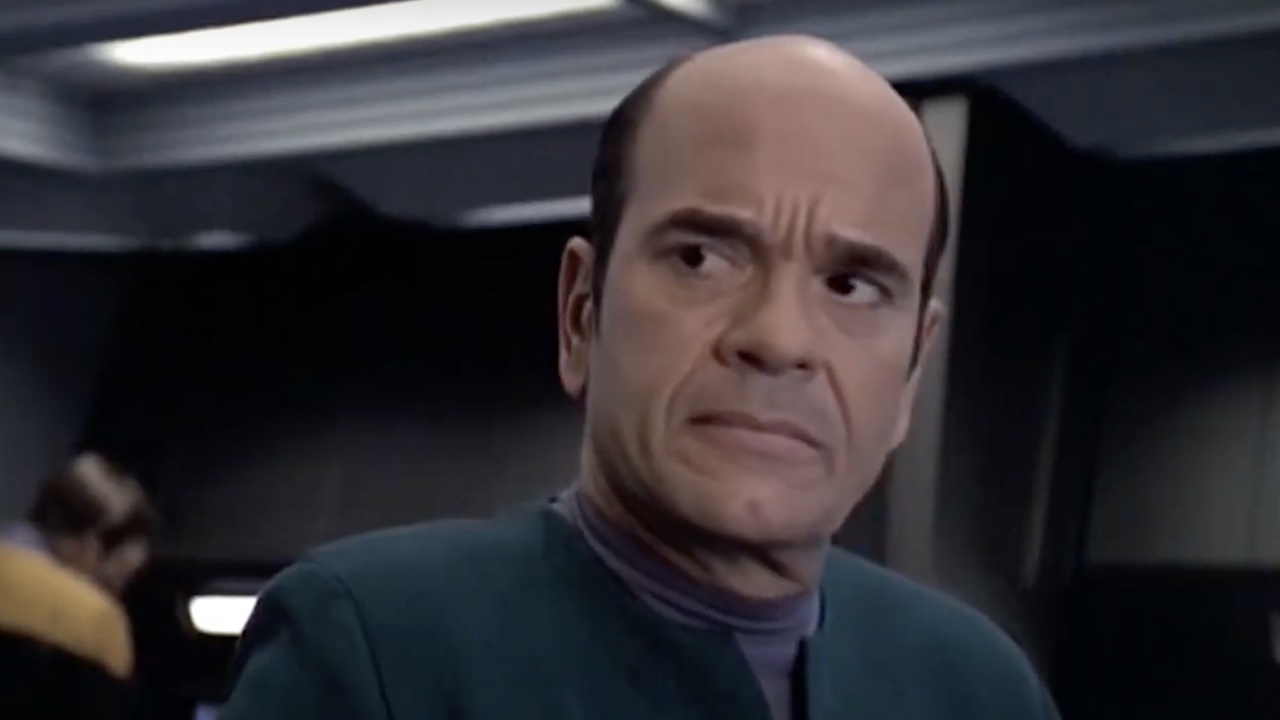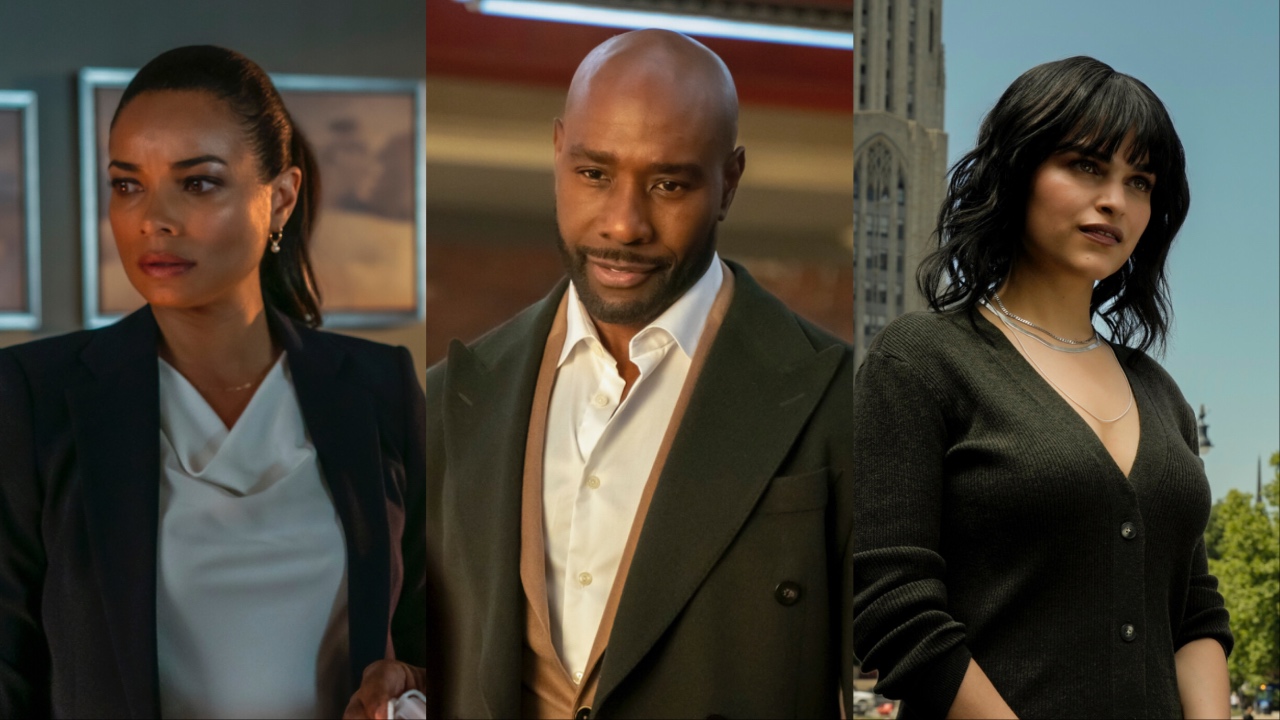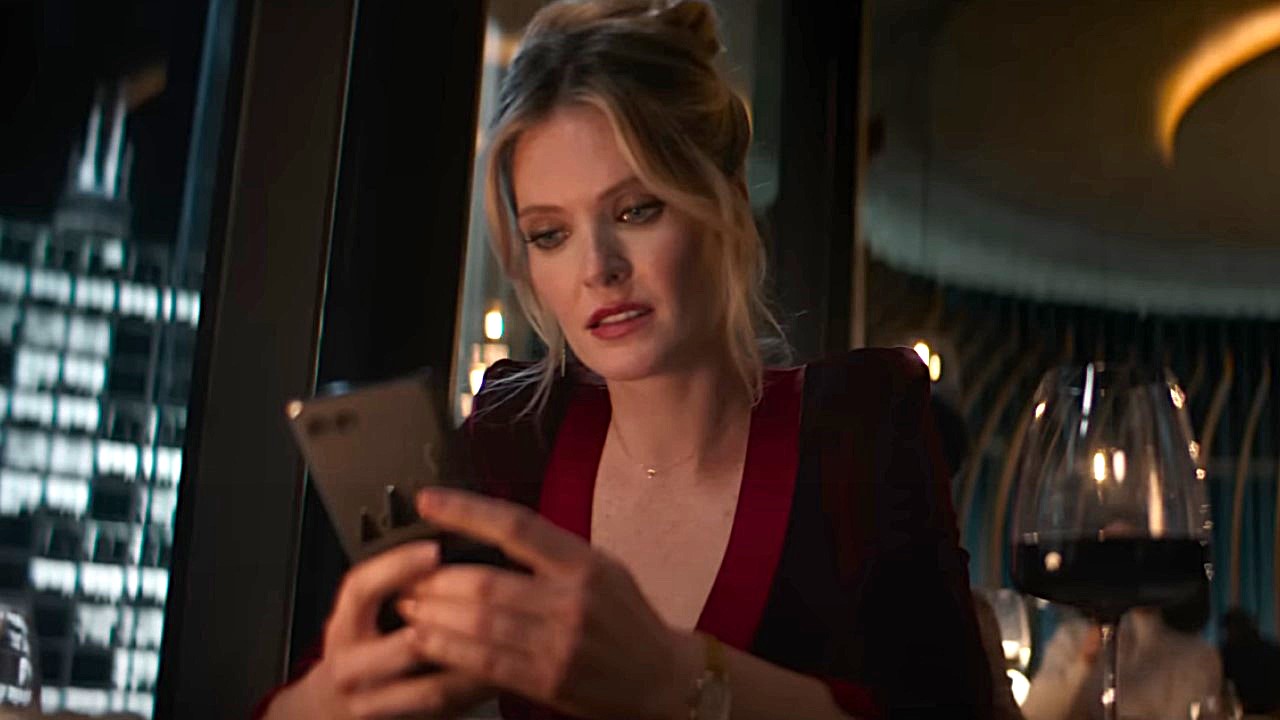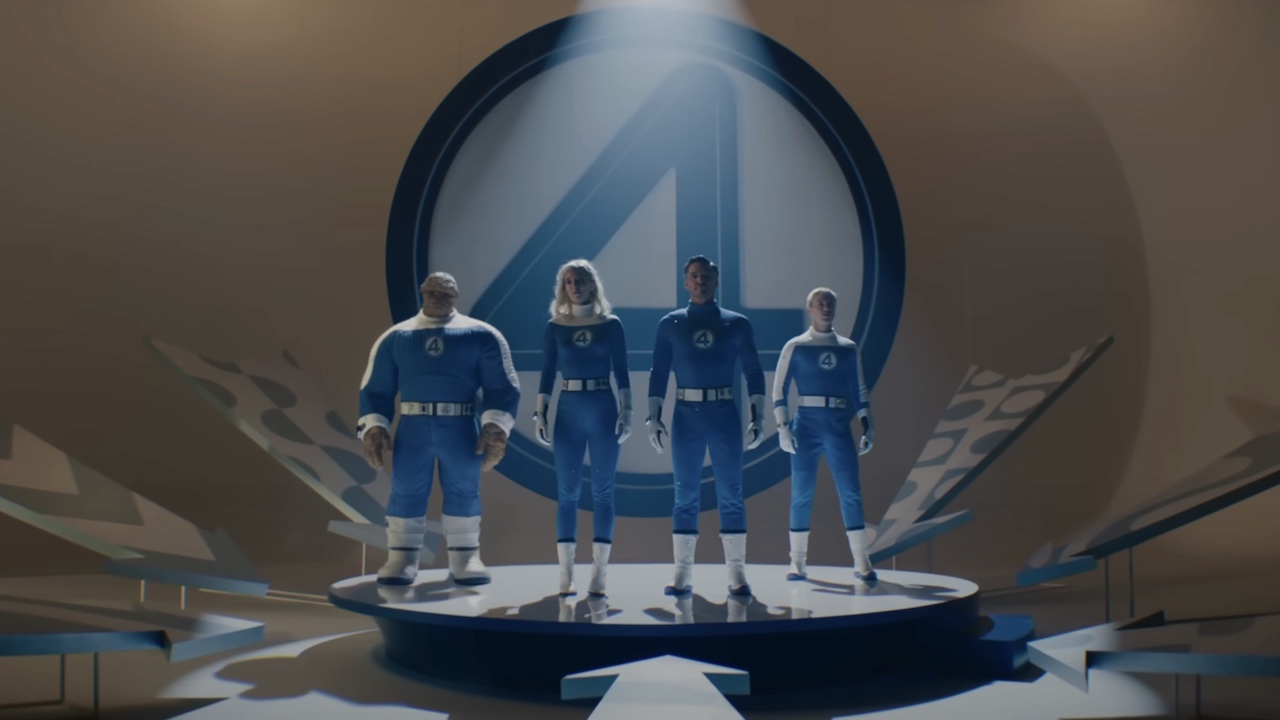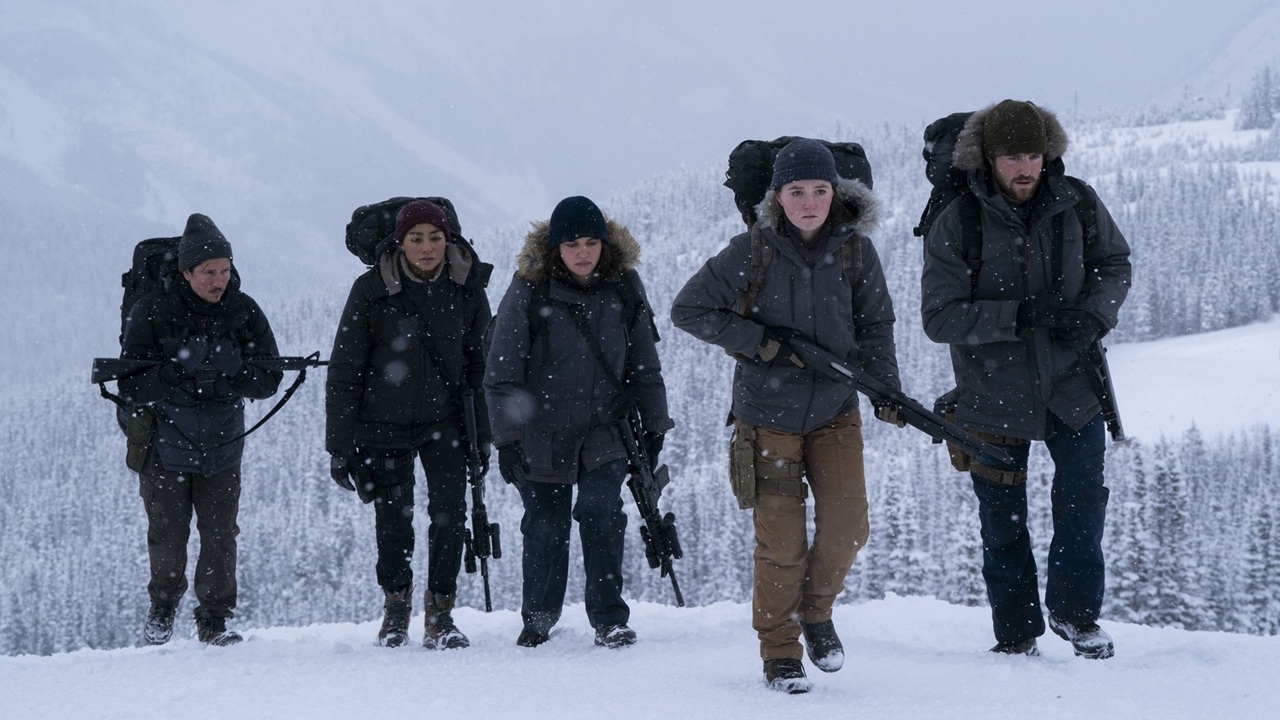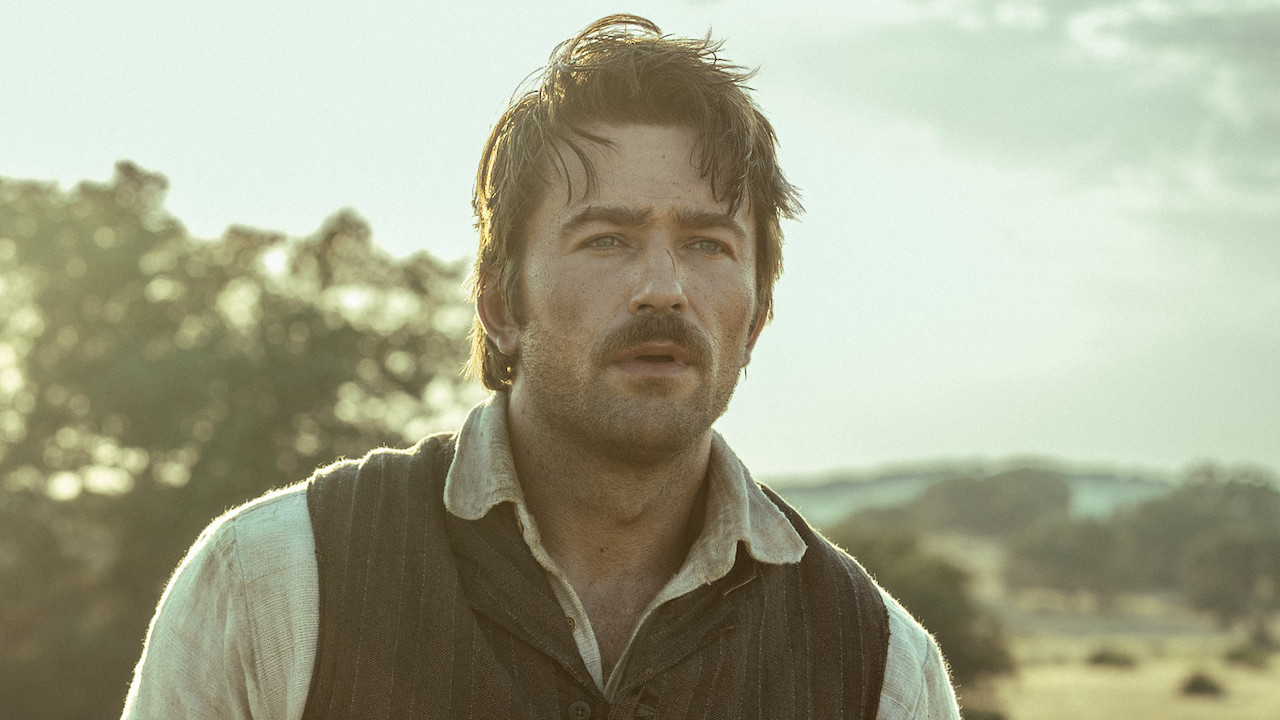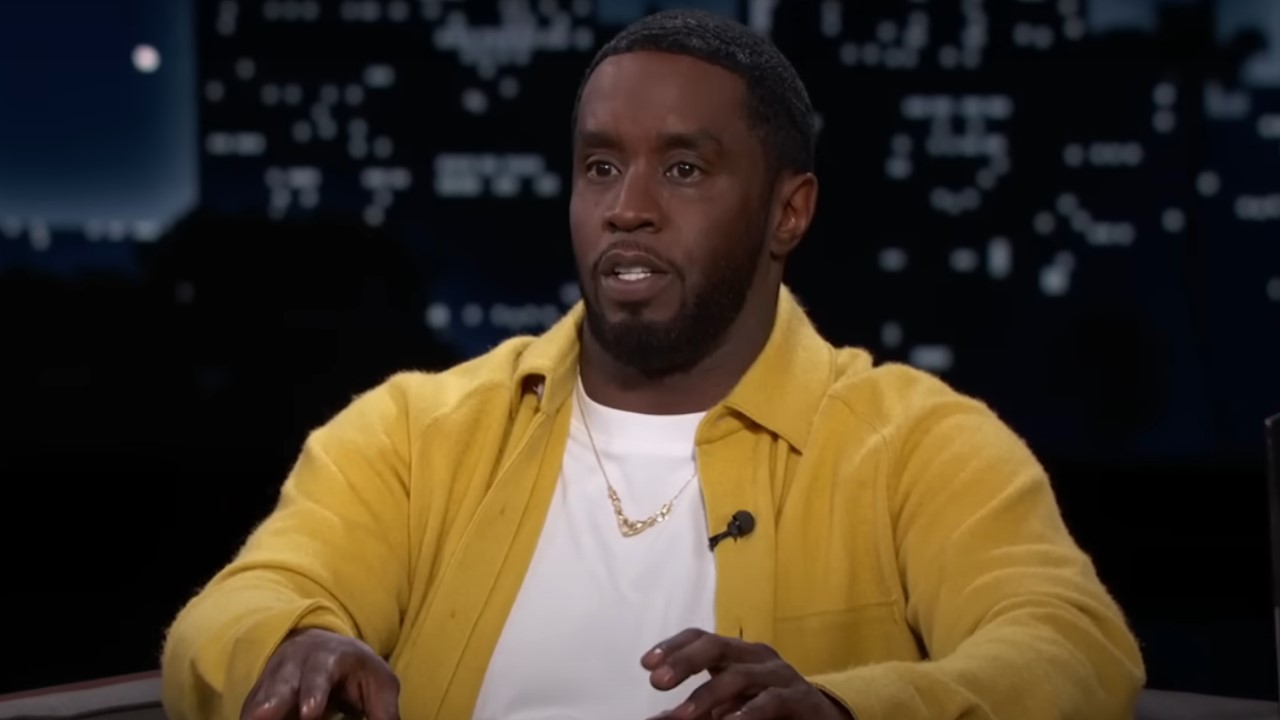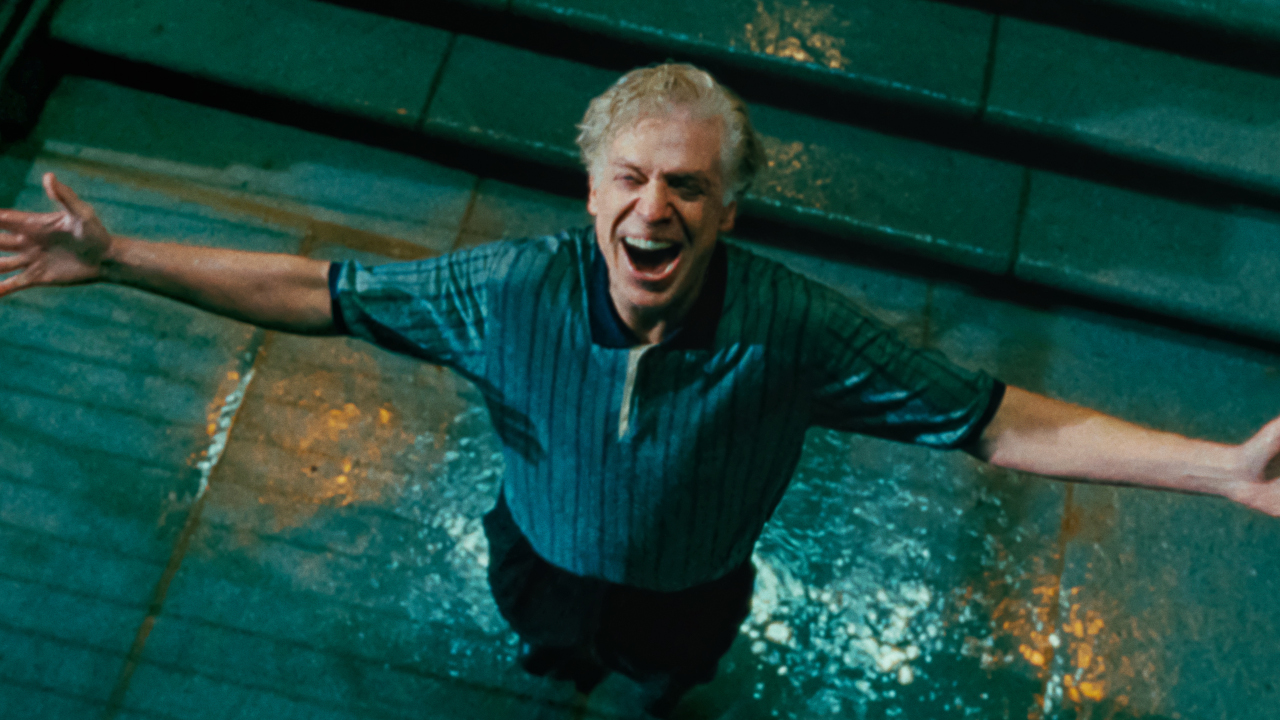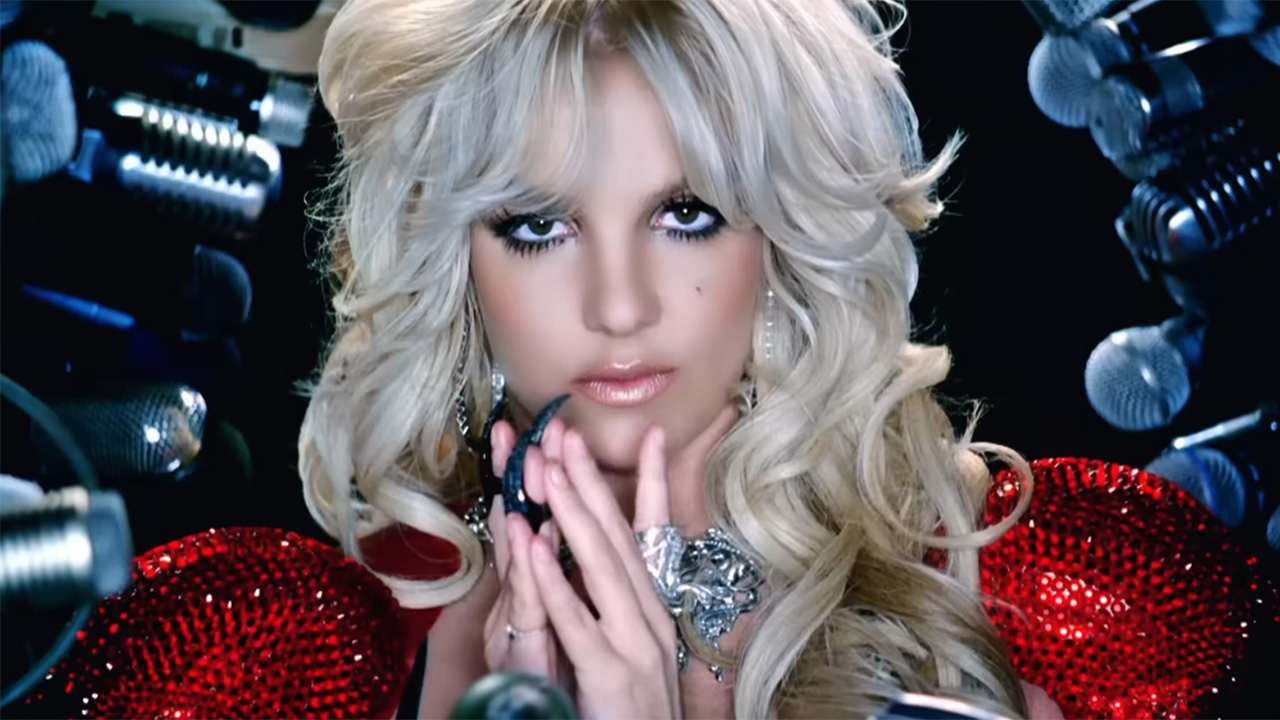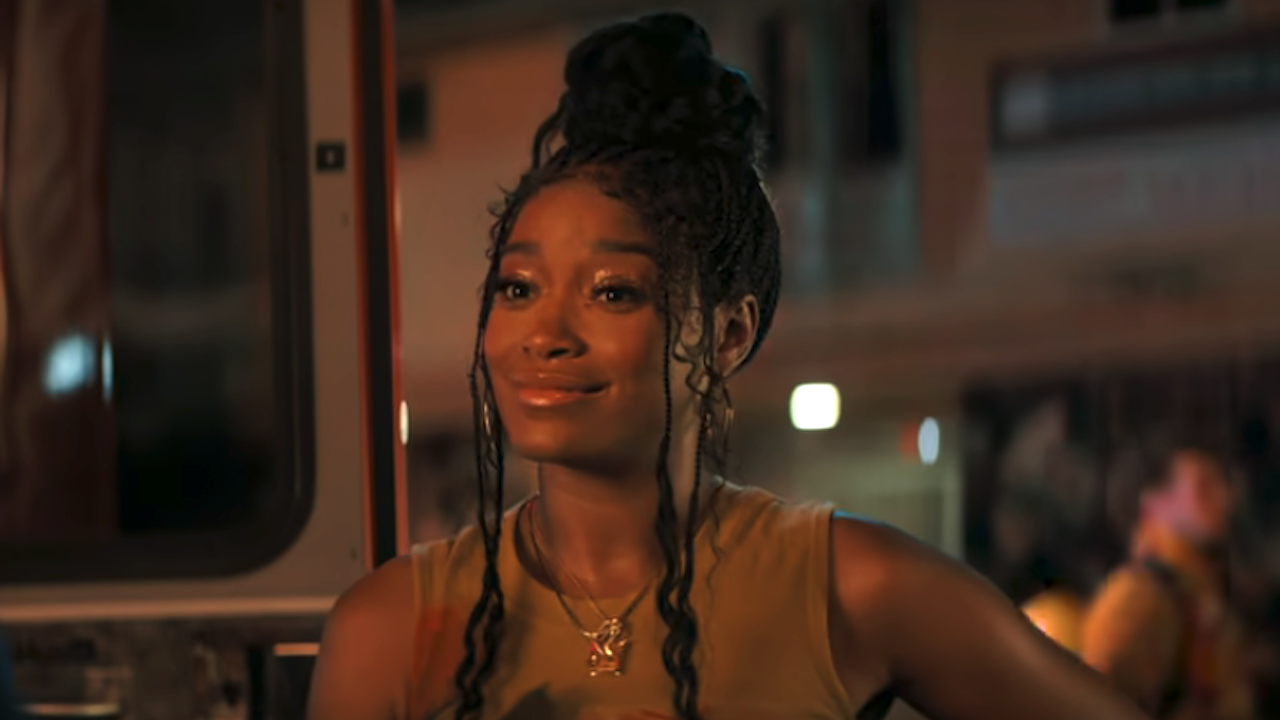American Horror Story: How Accurate Is The Show's Depiction Of Various Serial Killers?
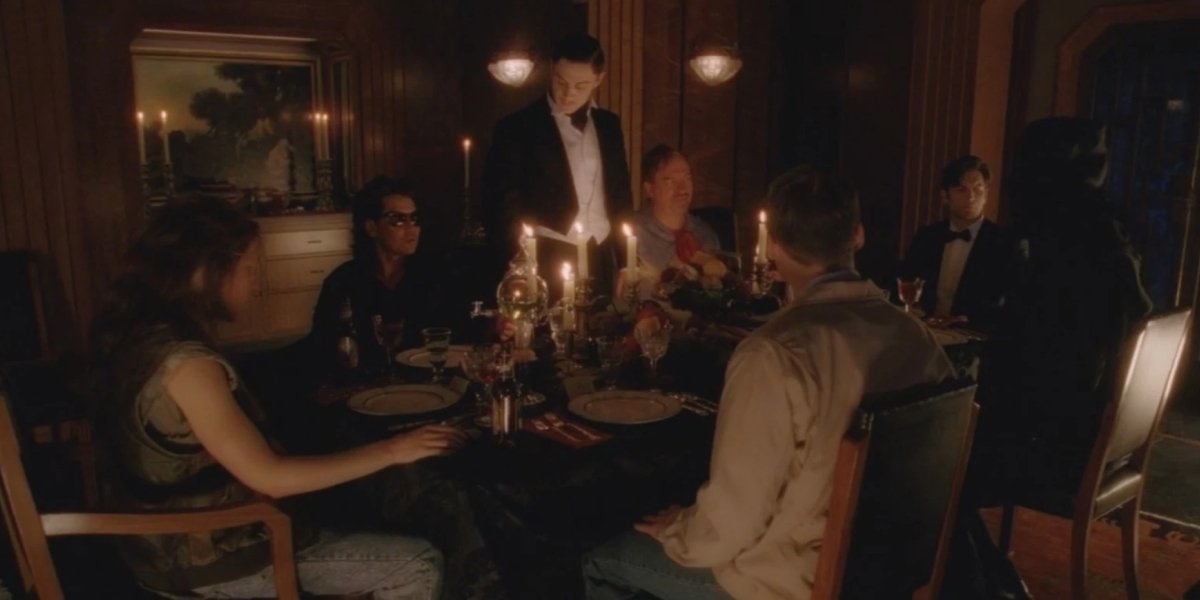
American Horror Story is a killer TV show, in more than one sense of the word. Ryan Murphy and Brad Falchuk’s anthology series may be full of ghosts and ghouls, but it really gets rich in frights when serial killers get involved.
The show chock full of murderous characters (heck, its most recent season is based on ‘80s slasher flicks), some of which are inspired by real people, such as the Asylum season’s Bloodyface, a sadistic mama’s boy loosely inspired by notorious murderer Ed Gein. However, many of the homicidal characters on American Horror Story are not only modeled after famous serial killers, but are actual depictions of them.
As fans will recall, many famous faces in true crime made appearances beyond the grave in the “Devil’s Night,” episode of American Horror Story: Hotel, in which Evan Peters’ ghostly James March invites the likes of Richard Ramirez or John Wayne Gacy to dinner, but the serial killer cameos do go further than that bloody affair. Of the 9 real-life murderers brought back to life on American Horror Story by our count, we cannot help but wonder just how accurate their AHS depictions are and what they got wrong.
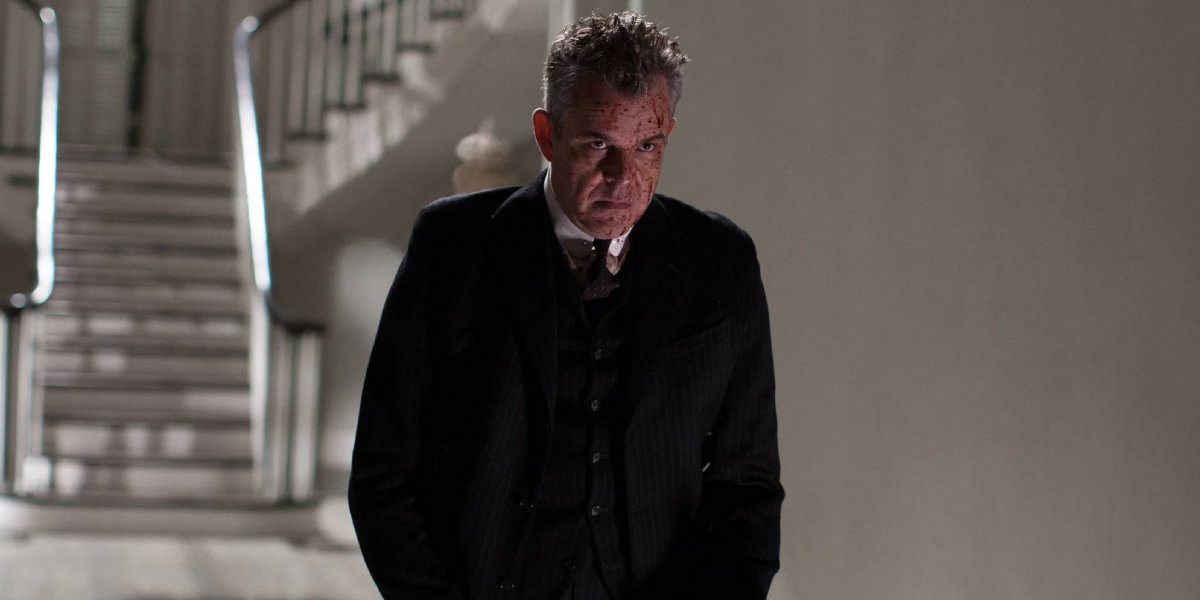
The Axeman of New Orleans (Danny Huston)
A group of New Orleans witches found themselves falling prey to a jazz-loving, axe-wielding madman in the third season of the anthology series, subtitled Coven. Yet, the Axeman, the first of two American Horror Story characters played by Danny Huston, is not a work of fiction exclusive to the series, but a figure of the Big Easy’s dark history.
In the early 20th century, New Orleans was plagued by a psychopath known for attacking 12 people (seven of whom succumbed to their brutal wounds) with his frightening weapon of choice: an axe. On March 13, 1919, a letter was released, allegedly written by the assailant, proposing that on the night of March 19, anyone in a place where jazz (the music genre he was apparently most fond of) was playing would be spared of his slaying, which is why American Horror Story depicted him as a sax player. However, while the Axeman’s resurrected spirit would be defeated by the coven, in reality, this frightening serial killer was never identified.
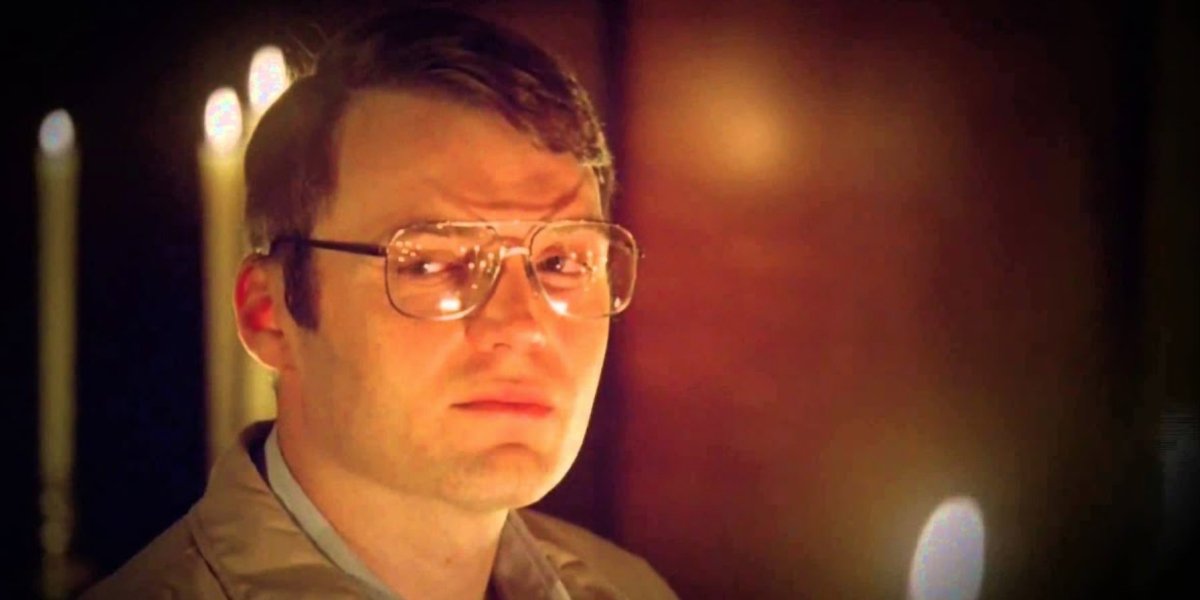
Jeffrey Dahmer (Seth Gabel)
Among the special guests of James March’s Devil’s Night soiree is one of the first names in true crime, the Milwaukee Cannibal himself, Jeffrey Dahmer. The infamous serial killer’s portrayal by actor Seth Gabel on American Horror Story: Hotel is clearly a fabrication, as his spirit is most likely not reincarnated once a night for a celebration of carnage, but, like his fellow party guests, the references to Dahmer’s legacy are largely based in fact.
Jeffrey Dahmer, a convicted cannibal and necrophiliac found guilty of murdering 17 men and boys from 1978 to 1991, was known for being a social outcast, which Seth Gabel’s mostly quiet demeanor reflects, aside from seeing him lobotomize a victim with a power drill in his first appearance (also something he was known to do). Aileen Wuornos joked at the dinner table that “Jeffrey likes dark meat, which is presumably a nod to the fact that many of Dahmer's victims were African American.
CINEMABLEND NEWSLETTER
Your Daily Blend of Entertainment News
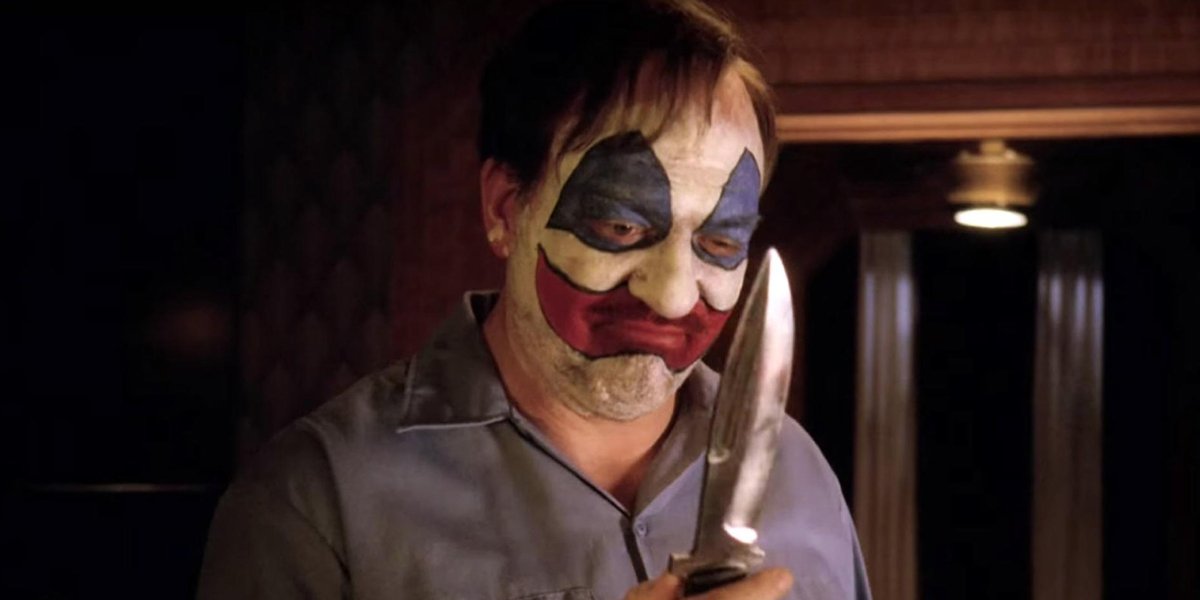
John Wayne Gacy (John Caroll Lynch)
John Caroll Lynch gave audiences goosebumps from his role as a prime Zodiac Killer suspect in David Fincher’s historical account, but in the character actor’s first American Horror Story role in the Freak Show season, he played a clownish serial killer inspired by John Wayne Gacy. In the following season for the Hotel storyline, Lynch played the notorious criminal himself.
Like his fellow Devil’s Night dinner guest Jeffrey Dahmer, John Wayne Gacy, who was also a well-regarded clown in his Chicago community, was convicted in 1980 for the rape and murder of men and young boys for years, but almost doubled Dahmer’s body count. John Carroll Lynch’s depiction in American Horror Story, at one point, furiously denies that he is gay (“I’m a pedophile - there’s a difference”), which may have been a reflection of Gacy’s lifelong struggle with his sexuality.
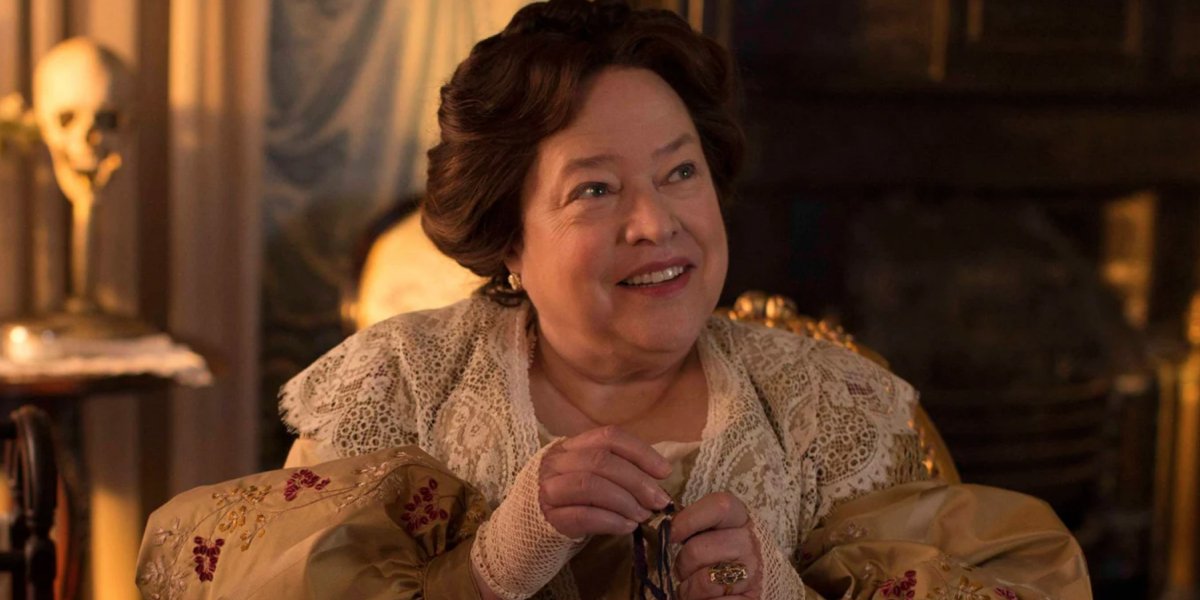
Madame Delphine LaLaurie (Kathy Bates)
The third season of American Horror Story could have been renamed American Horror History, as actual historical figures were cleverly incorporated into the Coven storyline, such as voodoo queen Marie Laveau and the aforementioned Axeman. None is more memorable, however, than Oscar-winner Kathy Bates’ wicked performance as Madame Delphine LaLaurie, probably the greatest evil that New Orleans has ever seen.
Kathy Bates’ portrayal of Delphine LaLaurie is seen in American Horror Story proudly expressing her racism through the inhumane torture of her African American slaves, which is exactly what the socialite became infamous for doing in French Quarter home in the early 19th century. While Coven depicts her disappearance as the work of Marie Laveau’s vengeful voodoo by making her immortal and burying her alive to suffer for eternity, the real LaLaurie escaped persecution for her crimes by fleeing to France.
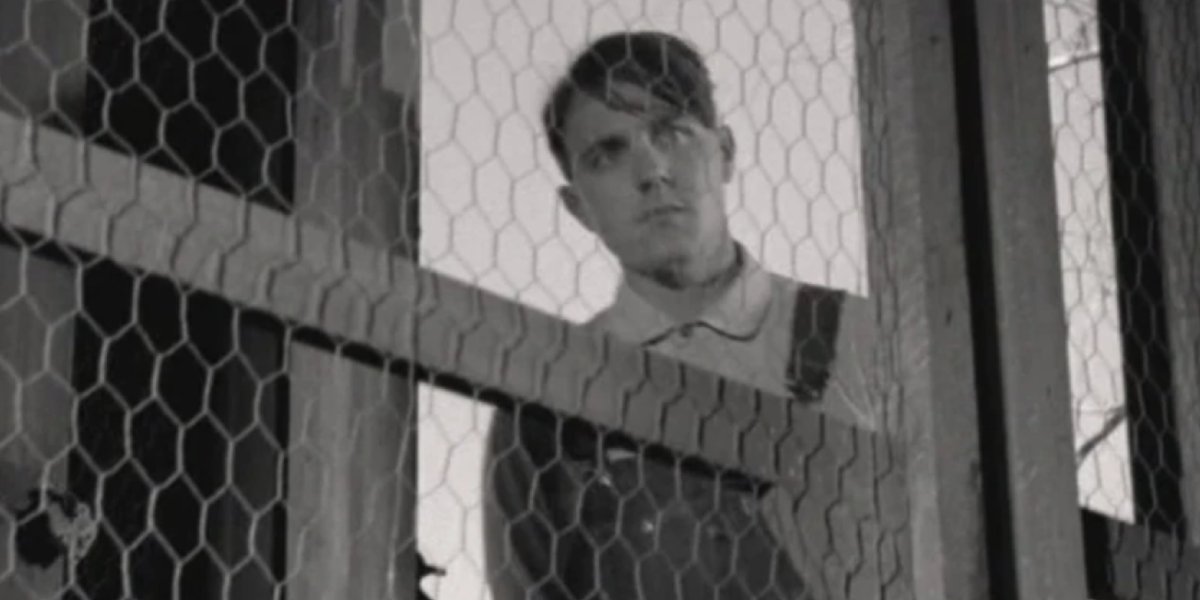
Gordon Northcott (Luke Baybak)
One of the lesser known real-life murderers featured on American Horror Story is Gordon Northcott, a character credited as “Sheik” in the "Devil's Night" episode and played by actor Luke Baybak. While this true crime figure may not have the notoriety of his murderous peers and was not invited to Devil's Night, he certainly could have earned a spot at the dinner table.
Predating Gacy and Dahmer’s violent molestations were the The Wineville Chicken Coop Murders, the name 1920s press gave to the sexual assault and murder of young boys, whose bones were found under a chicken coop owned by Gordon Northcott, whose crimes also inspired the 2008 Angelina Jolie film Changeling. American Horror Story uses Northcott as the murderer of Hotel Cortez laundress Miss Evers’ son, which clearly does not reflect reality, but there is no telling how many victims he truly claimed as authorities could only prove three.
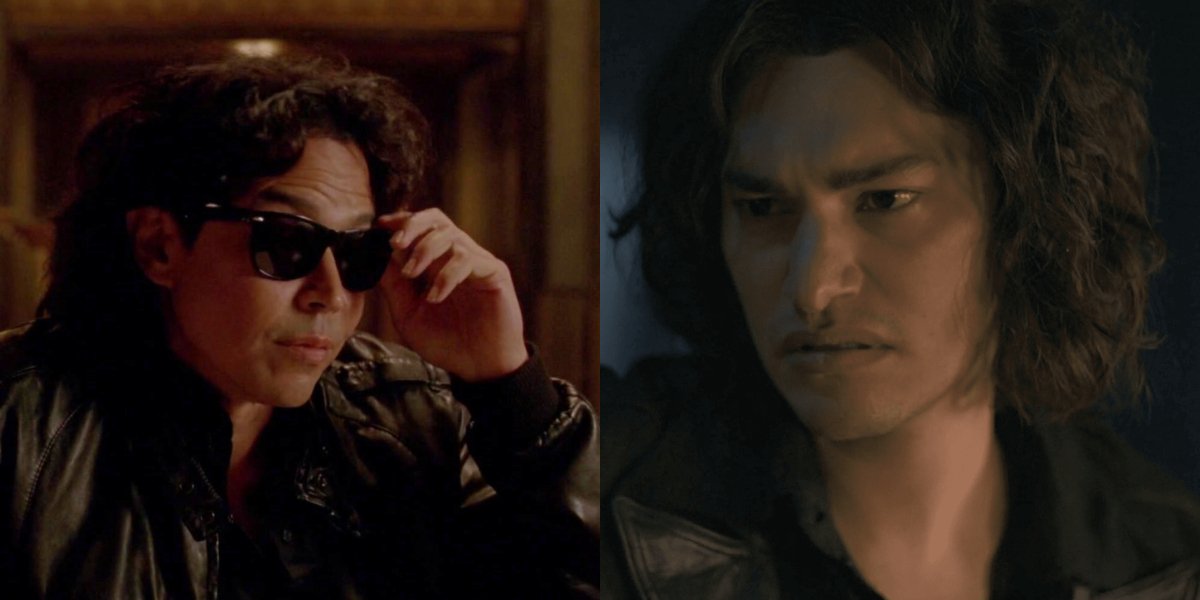
Richard Ramirez (Anthony Ruivivar, Zach Villa)
Richard Ramirez has the “pleasure” of making appearances in two different seasons of American Horror Story, one from beyond the grave and one while he was still at large in the early 1980s. Dramatic liberties aside, both Anthony Ruivivar’s portrayal in Hotel and Zach Villa in 1984 are probably the more fairly accurate depictions of the serial killer’s twisted life in media.
Nicknamed “The Night Stalker” for his expert break-in skills, Richard Ramirez was a devout Satanist sentenced to death in 1989 for multiple accounts of burglary, rape, and murder around Southern California, but he would not face death row alone, having married magazine editor at San Quentin in 1996. Not only are Anthony Ruivivar and Zach Villa dead ringers for Ramirez at different times in his life, his American Horror Story depiction bears a close resemblance to his legacy, with the Hotel setting even referencing the killer’s stay at the Cecil Hotel, the main inspiration for the Hotel Cortez.
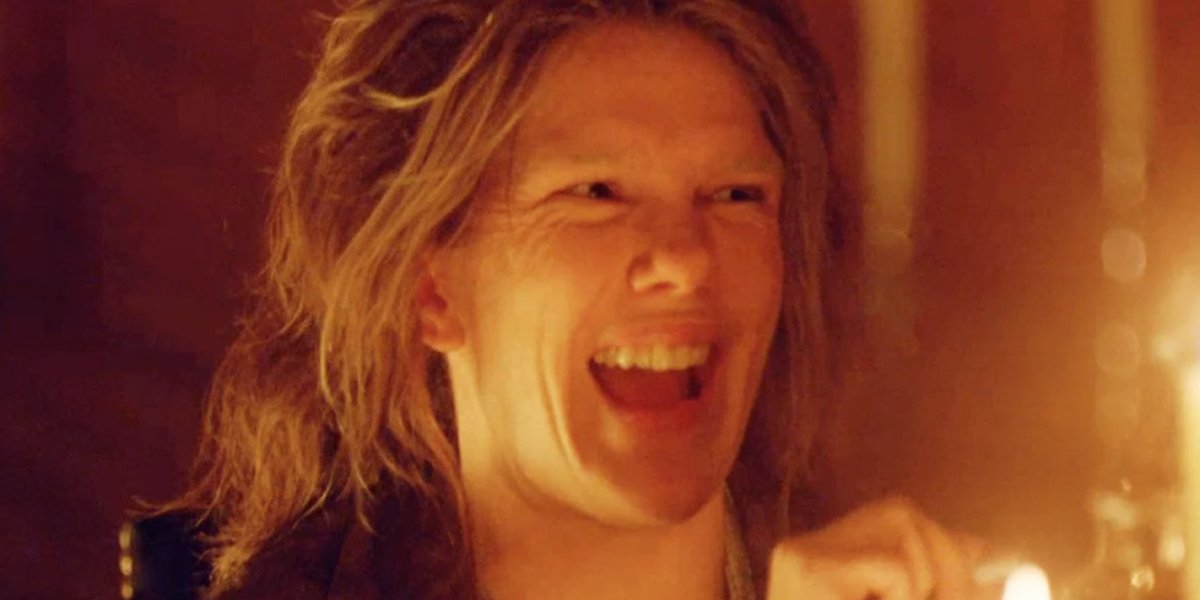
Aileen Wuornos (Lily Rabe)
Charlize Theron’s performance as Aileen Wuornos in Patty Jenkins’ Monster remains the definitive dramatic depiction of the prostitute-turned-serial-killer. However, American Horror Story actress Lily Rabe’s portrayal in “Devil’s Night” closely rivals the Oscar-winner.
When American Horror Story: Hotel first introduces Aileen Wuornos, she shares a drink with Wes Bentley’s John Rowe before inviting him up to her room, handcuffing him to a chair, and lecturing him about the unfair treatment of women in America, which the real Wuornos believed her conviction was a symptom of, claiming her murdering of seven men in Florida to be mostly self-defense. While the role is a largely dramatized take on the prolific killer, there is no denying that Lily Rabe did not get the part just for being an AHS veteran as the actress’ close resemblance to Wuornos, along with her Southern drawl and morbid sense of humor, is striking.
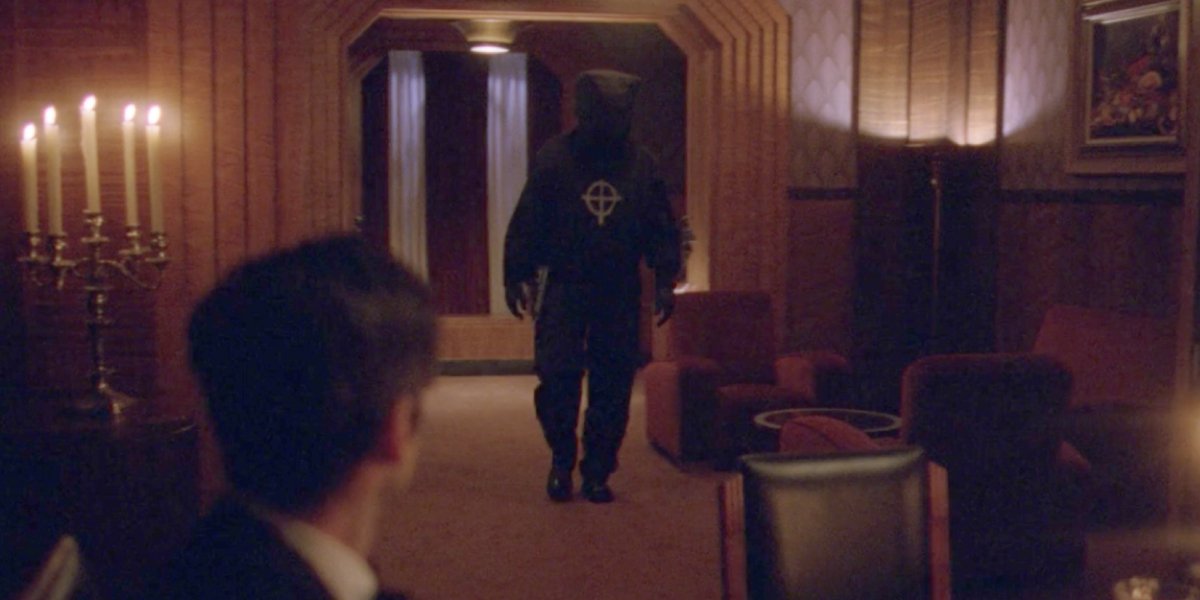
The Zodiac Killer (Unidentified Extra)
The Zodiac Killer has been the inspiration for several onscreen antagonists, most notably the school bus hijacking “Scorpio” in 1971’s Dirty Harry, and has been the specific subject of a few dramas as well, most notably David Fincher’s Zodiac. Yet, American Horror Story’s portrayal of California’s most infamous serial killer is especially interesting for the liberties it takes, such as assuming the never-officially-identified killer to be dead. Otherwise, it does get the gist of the killer’s legacy right.
For his brief cameo in the “Devil’s Night” episode, the Zodiac Killer approaches the dinner table wearing a black outfit bearing a distinct symbol and a hood to hide his face (a reference to the killer’s outfit when murdering a young couple in 1969), at which point Richard Ramirez cannot help but criticize the mysterious murderer for giving himself a nickname (just like he did in his handwritten letter to multiple California newspapers). Also, take notice of John Caroll Lynch’s John Wayne Gacy snickering at Ramirez’s criticism of Zodiac, a possible fun nod to Lynch’s role in the David Fincher movie.
Obviously, a series about alien abductions, magic spells, and bloodthirsty vampires (among other increasingly bizarre things) is not going to be known for a convincing depiction of real life. However, as you can see, American Horror Story has been, for the most part, careful to match the personalities and uphold the legacies of the country’s most notorious murderers. As the anthology series has demonstrated, it is important to respect the dead, no matter how evil.
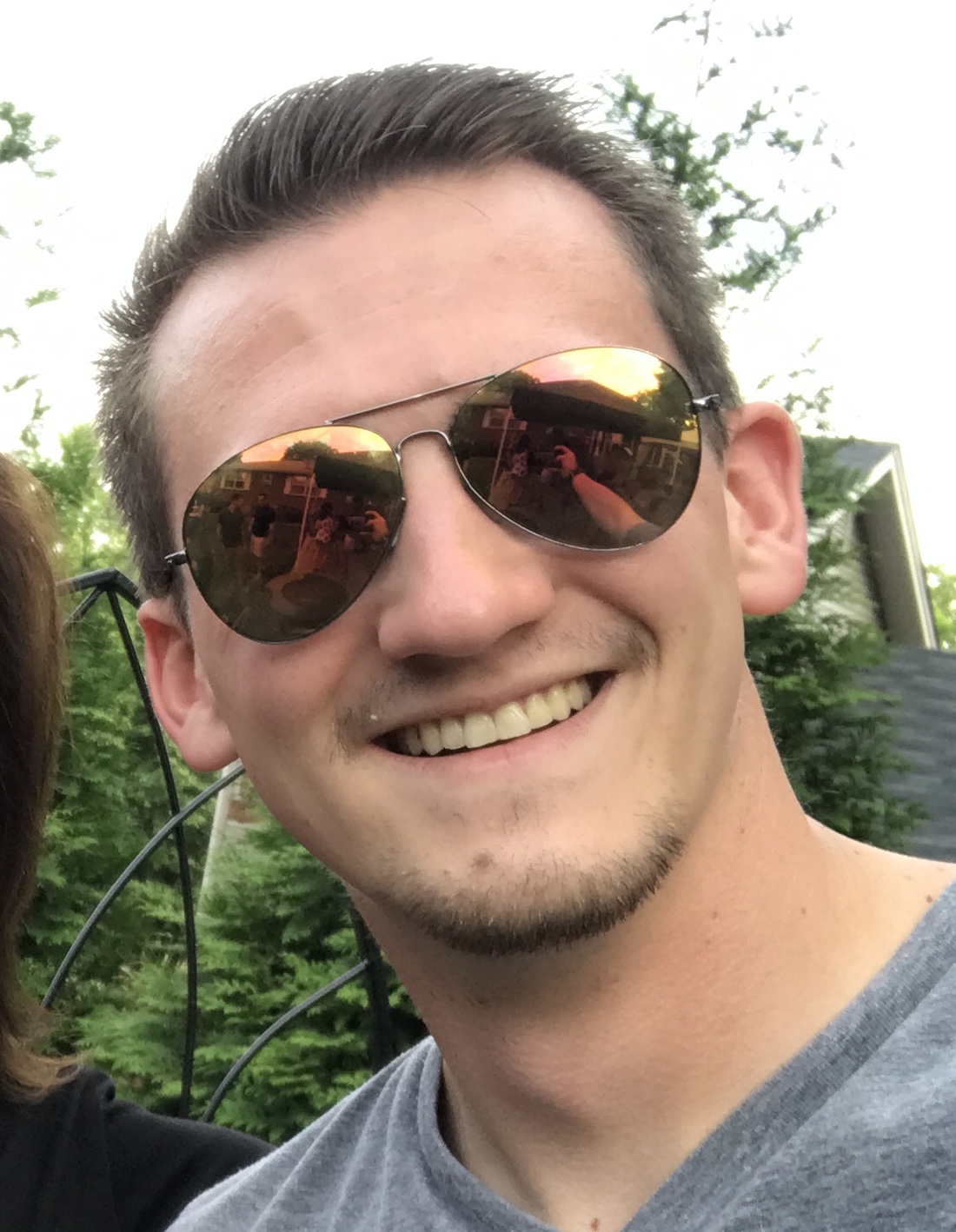
Jason Wiese writes feature stories for CinemaBlend. His occupation results from years dreaming of a filmmaking career, settling on a "professional film fan" career, studying journalism at Lindenwood University in St. Charles, MO (where he served as Culture Editor for its student-run print and online publications), and a brief stint of reviewing movies for fun. He would later continue that side-hustle of film criticism on TikTok (@wiesewisdom), where he posts videos on a semi-weekly basis. Look for his name in almost any article about Batman.
